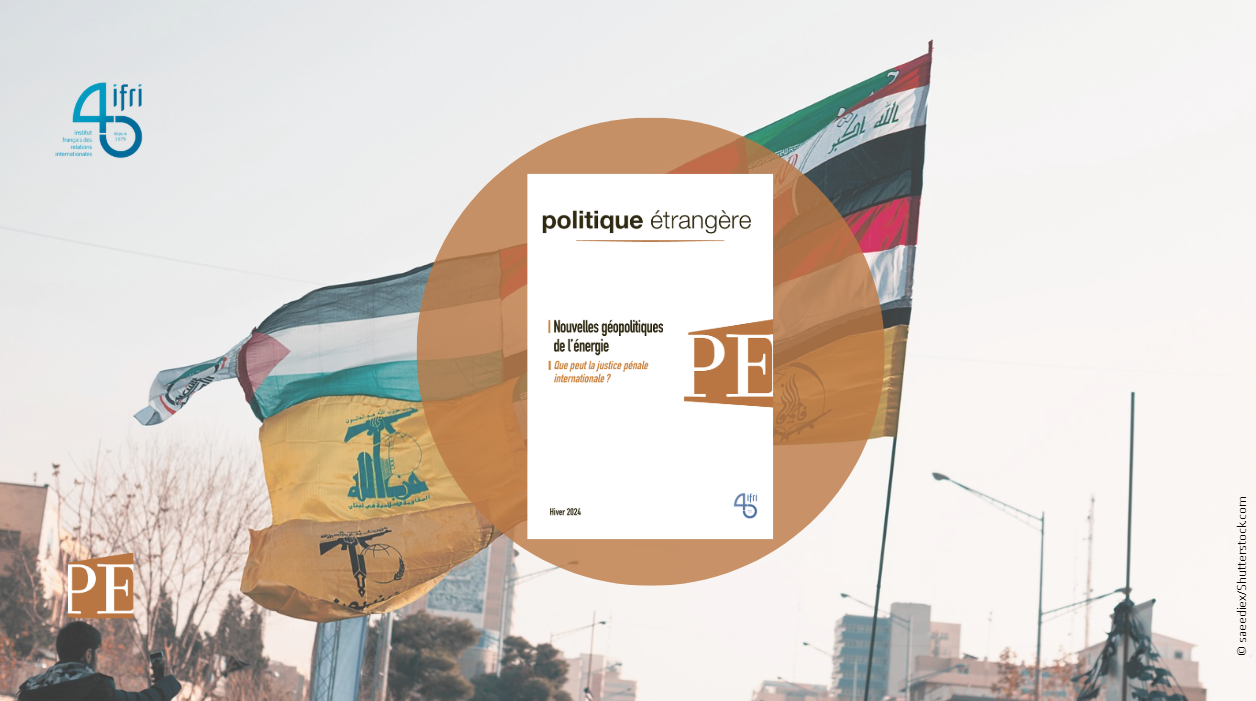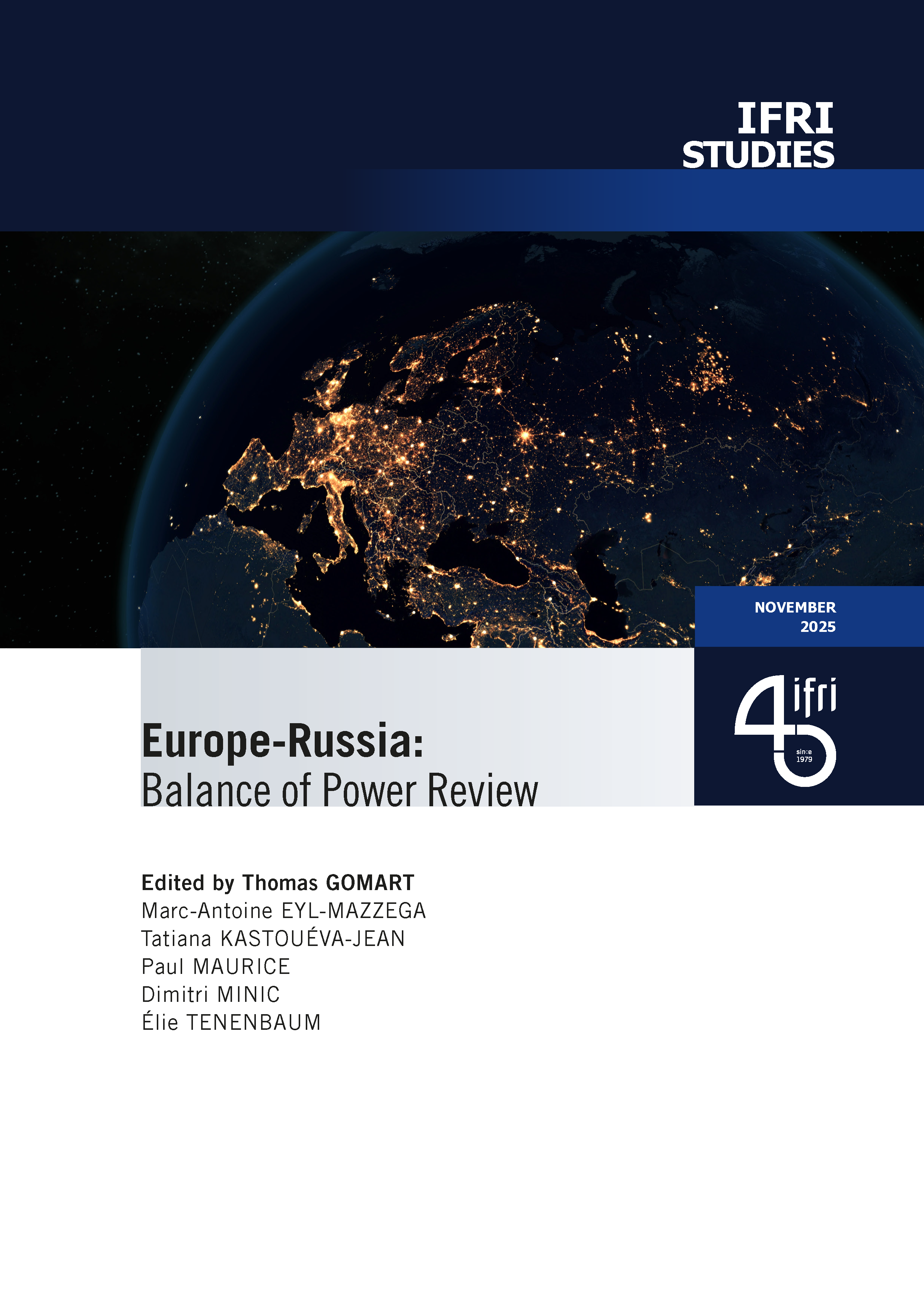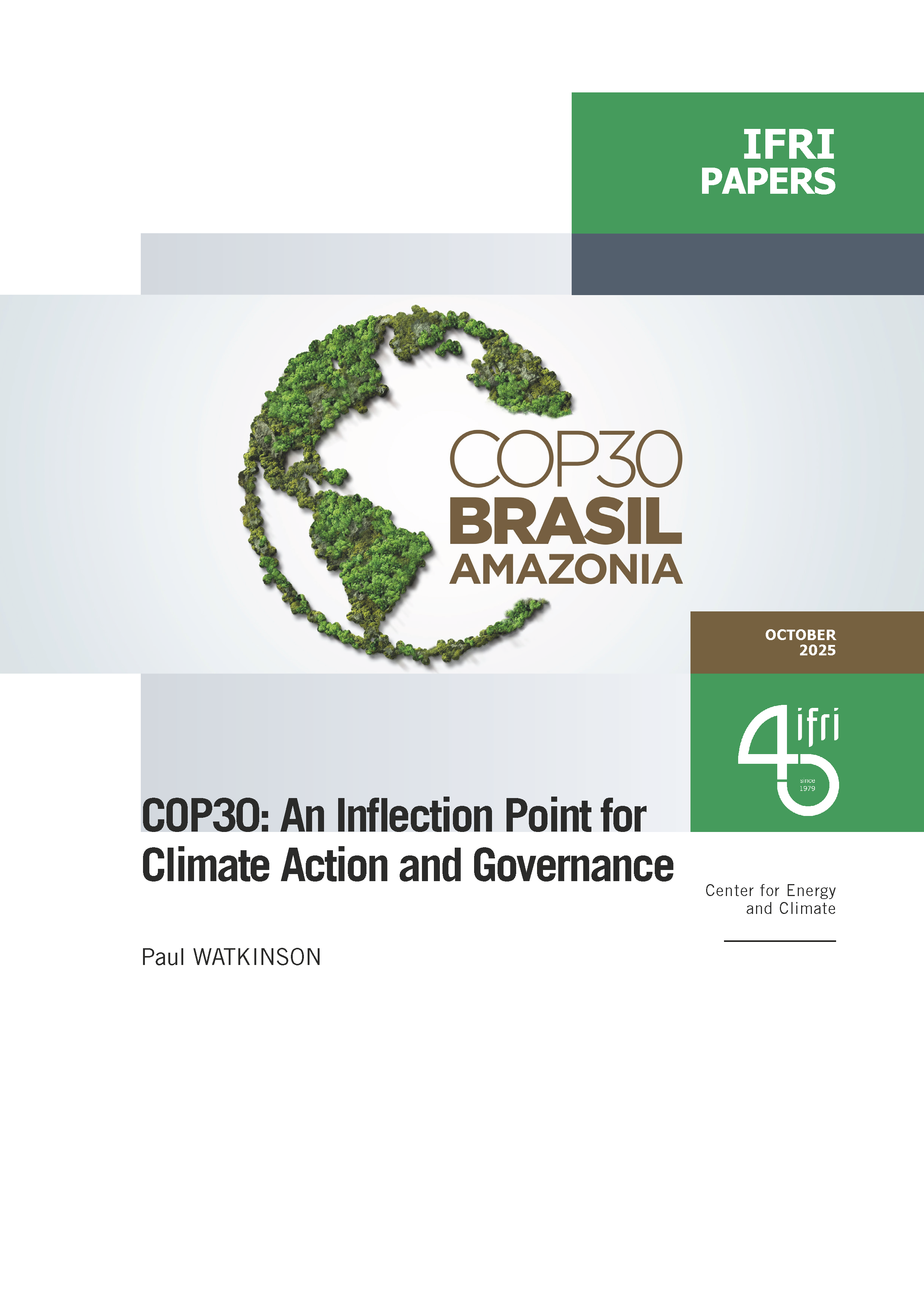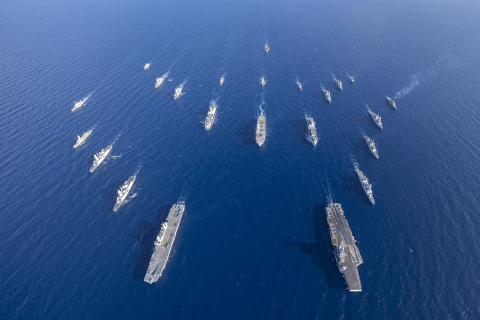The Axis of Resistance: Iran's Proxies since October 7, 2023

The term “Axis of Resistance” refers to the coalition of Iranian proxies in the Middle East. Since Hamas's attack on Israel on October 7, 2023, there has been noticeably greater coordination among these groups, at times without the direct involvement of Tehran. Iraq and Syria are important hubs where members of the Axis meet, exchange ideas, and plan actions. Russia, as part of its continuing struggle against the West, has moved closer to Iran and also to its proxies.

Kévin Thiévon is political advisor for the Chammal Operation and the NATO Mission in Irak.
Article published in French only in Politique étrangère, Vol. 89, No. 4, Winter 2024.
Find out more
Discover all our analysesBetween the Lines of Questionable Battles
This article was published in Politique étrangère in 1979, the year the French Institute of International Relations (Ifri) was founded. In it, Raymond Aron reviews important events of the previous decade, such as the Vietnam War. He particularly reflects on the place of law, morality, force and national interest in international relations. Related topics, like the right to intervene and the responsibility to protect, are implicitly included in this article.
A Vibrant and Flexible Alliance
NATO has proved its renewed usefulness and is today fully engaged, well beyond its former frontiers, wherever its interests and those of its members are threatened.
NATO: From Washington (1949) to Strasbourg/Kehl (2009)
The Alliance cannot avoid a strategic debate about its role, missions and resources. This may be painful, but it will ensure clarity and prepare the Alliance for future challenges.
Towards a Security Web
There is no global mechanism that can guarantee security effectively in the face of the growing threat of political chaos, stemming from the recent political awakening of humanity. There is no global mechanism that can guarantee security effectively in the face of the growing threat of political chaos, stemming from the recent political awakening of humanity.






